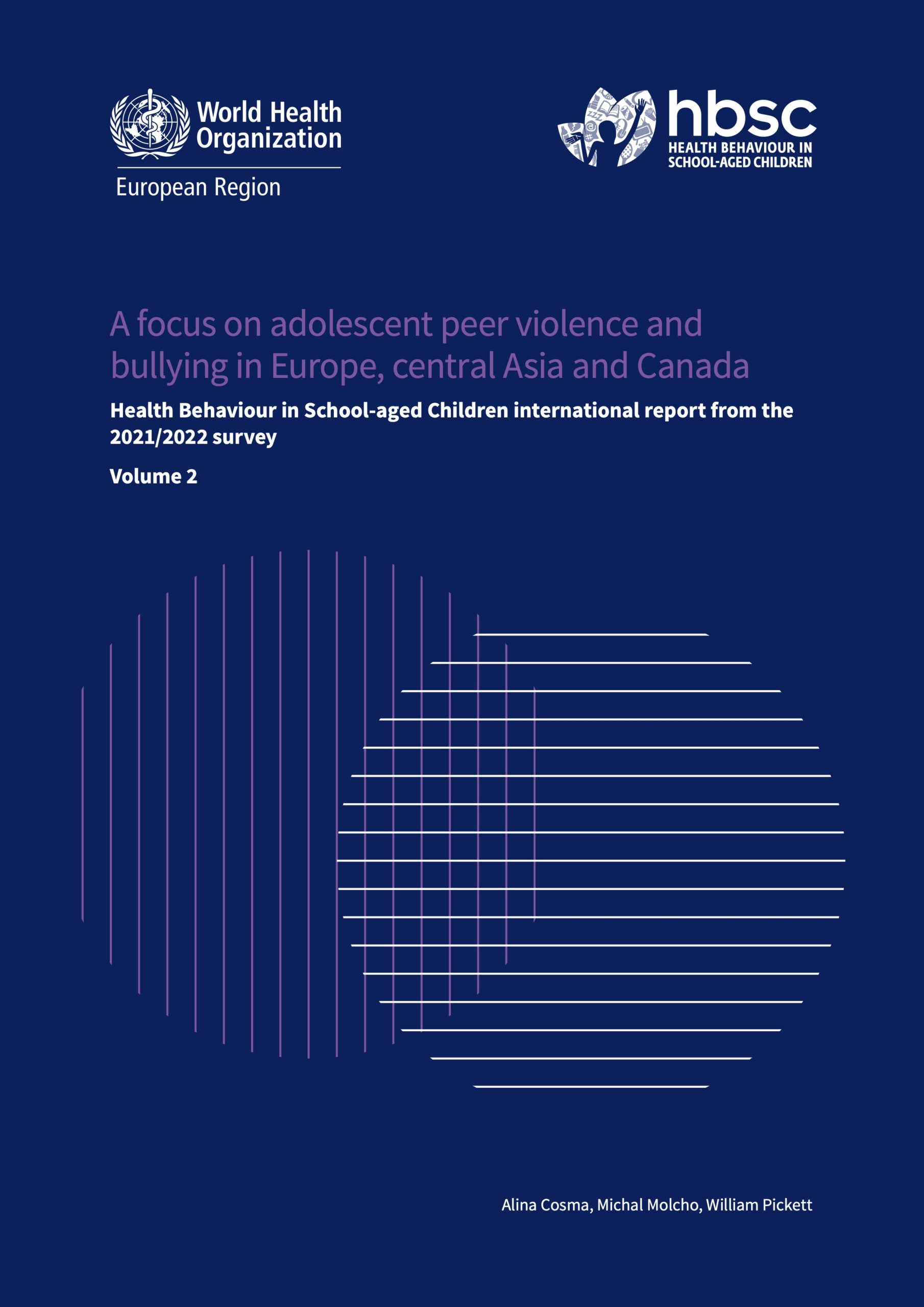Topic
Bullying & violence
Bullying and violence are pervasive issues that can significantly impact the physical and emotional well-being of adolescents. These harmful behaviours can occur in various settings, including schools, online spaces, and within peer groups. Understanding the prevalence, types, and consequences of bullying and violence is crucial for creating safe and supportive environments where young people can thrive.
This section of the HBSC study examines the frequency and impact of various forms of bullying and violence, including physical fights, cyberbullying, and traditional bullying. By analyzing these experiences, we can develop targeted interventions and prevention programs to address the root causes of aggression and foster a culture of respect and inclusivity.
Select one of the indicators below to view data.
Key Findings
A focus on adolescent peer violence and bullying

- Involvement in peer violence varied across countries in Europe, central Asia and Canada.
- Boys reported higher rates of perpetrating violence (bullying others at school or online and involvement in fighting).
- No systematic age patterns were evident with regards to involvement in bullying and cyberbullying, but a significant decrease for fighting with increasing age was seen in more than half of the countries and regions.
- On average, 6% of adolescents reported they had bullied others at school at least 2–3 times a month in the past couple of months (8% of boys and 5% of girls).
- Around one in 10 (11%) boys and girls reported they had been bullied at school at least 2–3 times a month in the past couple of months.
- The prevalence of adolescents who reported that they bullied others at school remained relatively stable since 2018, following a slight decline observed among boys between 2014 and 2018.
- Bullying victimisation also did not change substantially in absolute terms over time, but a slight increase was observed among younger girls.
- One in eight adolescents reported cyberbullying others at least once or twice in the past couple of months (14% of boys and 9% of girls). This represents a slight increase from 2018.
- Overall, 15% of adolescents reported being cyberbullied at least once or twice in the past couple of months (15% of boys and 16% of girls).
- In most countries and regions in which age differences were observed, cyberbullying victimisation peaked at age 11 for boys and 13 for girls.
- One in 10 adolescents reported having been involved in physical fights at least three times in the last 12 months (14% of boys and 6% of girls).
Cite this data
Cosma A, Molcho M, Pickett W. A focus on adolescent peer violence and bullying in Europe, central Asia and Canada. Health Behaviour in School-aged Children international report from the 2021/2022 survey. Volume 2. Copenhagen: WHO Regional Office for Europe; 2024. Licence: CC BY-NC-SA 3.0 IGO.
Youth Commentary
“I think the biggest health problem in young people is that adolescents and children develop mental problems due to bullying behaviour. The solution could be for the government to educate and pay people to talk with youngsters if they are being bullied but also to address the bullies and to ask them why they bully others. I hope that bullies realize that what they did was wrong, and that bullying does not happen that often anymore.”
(Girl, Belgium (Flemish))





